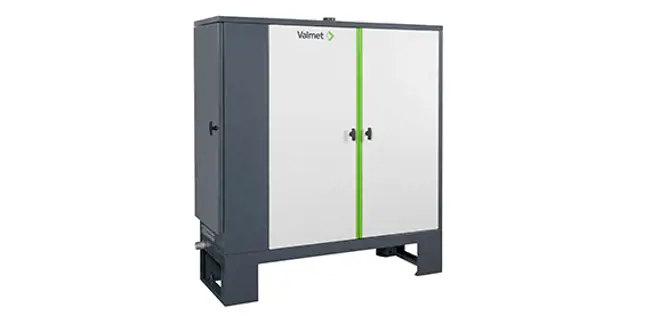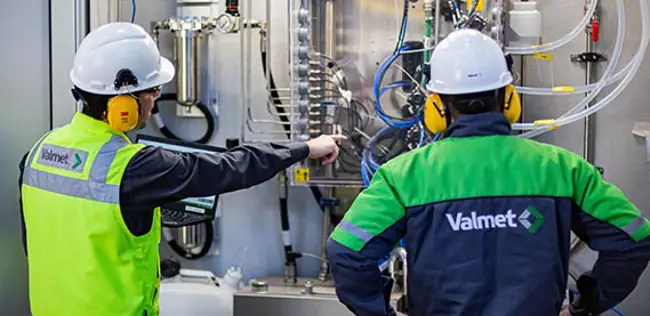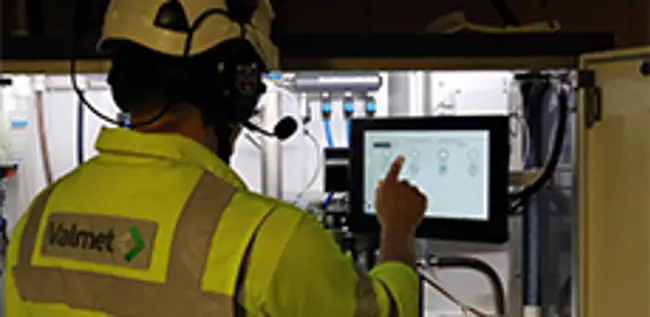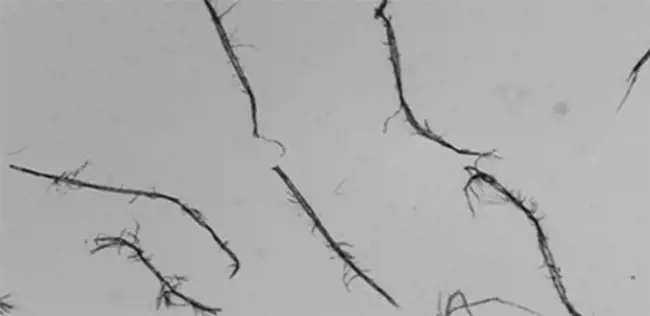Refiner management to maximize furnish quality and drainability
Mar 29, 2018
The Pankaboard mill, located in Lieksa (Pankakoski), Eastern Finland, is a world leader in the production of high thickness folding boxboards and uncoated cartonboards for packaging, various graphical and industrial applications and food service products. Continuous product development and new innovations employed by the mill have ensured that the products from their two distinctly different board machines, BM2 and BM3, always fulfill specific customer needs. As part of this philosophy, Pankaboard recently installed a Valmet Pulp Analyzer (Valmet MAP) to help provide better refiner control of the multiple furnishes to the board machines.

Good drainability reduces breaks
The main target of refining is to improve the bonding ability of fibers so that they form strong and smooth paper sheet with good printing properties. At the same time, the degree of refining affects drainability and drying of the sheet with the multiple furnishes and forming zones in the board machine adding further complexity. Freeness, the primary indicator of drainage potential, is now measured online by Valmet MAP to help machine operators set refining intensity for desired results. This avoids excessive refining of top and bottom ply furnishes which, as well as wasting energy, results in a more compact fiber network which can reduce dewatering of the middle layer and cause blistering and delamination in the dryer. “The refiners need to be operated continuously in the sweet spot for best furnish quality and good drainability,” says Tomi Hankaniemi, Pankaboard Production Manager. “Our primary objective was to reduce blowing breaks caused by poor drainability.”
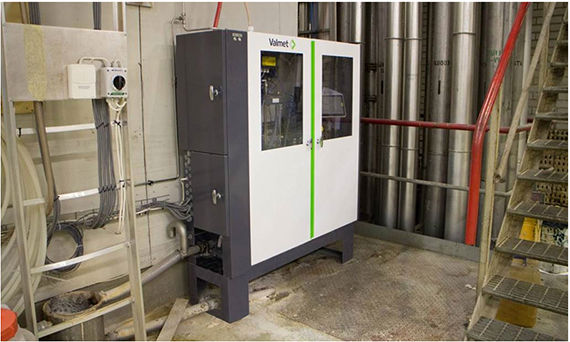
Valmet MAP on the machine floor in Pankaboard
Online freeness measurement
The Valmet MAP analyzer was installed in April 2017, with a total of 12 automatic samplers to measuring freeness on both machines after pre-refining and machine refining for top and back plies as well as after middle ply, enhancement pulp, broke pulp and groundwood pulp refining. The analyzer cycles through the samples automatically providing sequential measurement updates for all 12 points in about one hour. “We ran laboratory correlations during the first two months until midsummer with roughly 15 different pulp grades and mixes,” says Hankaniemi, “The results have been so good that no further checks have since been necessary.” The hourly freeness values for the 12 measured points are displayed in trend format on dedicated displays in both machine control rooms. “Operators now know exactly what is happening and can see the results of control actions almost instantly. Earlier it could be difficult to know whether a change had been made or what effect it had,” says Hankaniemi. Operators now actively use the trend information to adjust refining energies, especially made easier with freeness limits for BM2 redlined on the display. “It’s still quite new but we’ve determined freeness limits for the top and back plies on BM2 and operators can see exactly where they are. Breaks due to excessive moisture have now been reduced, they still occasionally occur but we can now better determine the cause.”
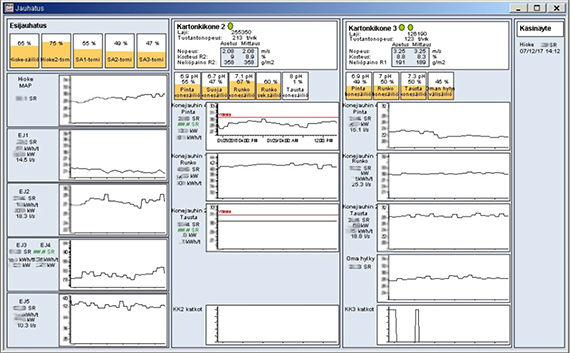
Standardized measurement method
Valmet MAP automates the TAPPI T227 standardized measurement method to provide reliable and accurate freeness results with the high availability of an online analyzer. Not only providing a high degree of repeatability, the standardized measurement provides freeness results that are comparable between different mills. The modular design also allows other fiber property measurements to be added to the standard platform and utilize the same automatically sampled points in the process. Timo Pursiainen, Maintenance Engineer with the mill’s technical maintenance partner, Caverion, reports no significant problems during the first nine months of operation. “It was a pretty straightforward installation and simple maintenance only involves monthly cleaning, taking an hour or so,” he says.
“ROI measured in months”
“It’s been a positive surprise, how much more information the device brings and how effective and repeatable it is,” says Hankaniemi. “Runnability on both board machines has been improved with reduced blow induced breaks and that has improved sheet quality.” When asked about the return on investment, his cautious reply is, “Measured in months, it was certainly a good purchase!”
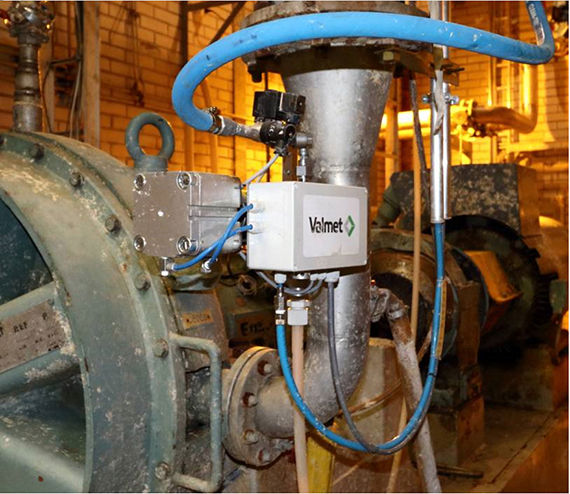
One of the 12 automatic samplers
Related articles
